Overview
One cannot deny the significance of the real estate sector as it contributes more than 5% to the GDP and second-largest employment-generating sector after agriculture (PACRA,2021). In 2022, as per the SECP report, the registration of new companies in the land development sector has increased. However, property land prices are increasing artificially in Pakistan due to the plot filing system.
The price of property is decreasing worldwide due to the economic recession. However, in Pakistan, there is no sign of a decline in property prices because of malpractices and a lack of regulations in the real estate sector. A plot filing system increases the property’s price without being driven by demand, leading to speculation in the real estate sector. The plot filing-induced speculation does two things, i.e., initiation of a complex price determination system and promotion of cash economy. It reflects that high property price is not because of actual housing demand. Due to this, urban dwellers cannot afford to buy a house and are compelled to live in rental homes to fulfil their housing needs.
In Pakistan, the average expenditure of households on renting a house is increasing exponentially. According to the Pakistan Standard Living Measurement Survey (PSLM), the percentage of people living in rent has grown from 14.8% in 2008 to 22% in 2022. Moreover, in 2022 the house renting price jacked up to 6.13% from 4.77% in 2021, which shows that the demand for rental homes is increasing annually. Apart from this, the lack of rules and regulations in the rental market increases the gaps and discrepancies in fulfilling housing demands.
Size of Rental Housing in Pakistan
Due to the property price increase, inhabitants cannot afford to rent a home for their families. It is increasing the rental market size in Pakistan.
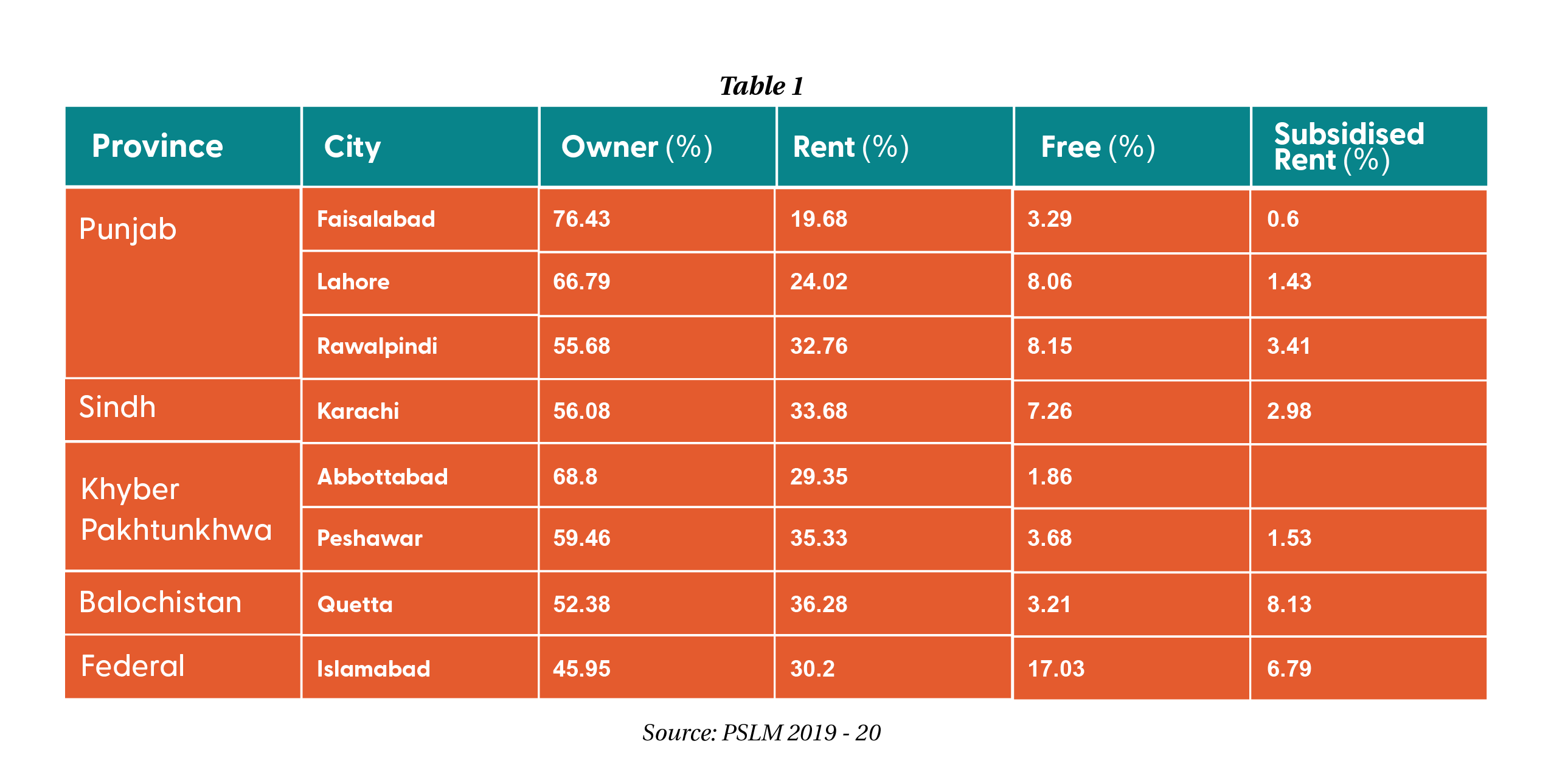 As per the table, landlords’ percentage is higher than people who rent homes. It means that the percentage of people who own a house is higher. Still, in some cities, the percentage of rentiers is higher, such as Rawalpindi, Karachi, Peshawar, Quetta and Islamabad. The percentage of rentiers is more than half or equal to half of the people who own a house. The data also showed that the percentage of subsidised rent and free homes is minimal.
As per the table, landlords’ percentage is higher than people who rent homes. It means that the percentage of people who own a house is higher. Still, in some cities, the percentage of rentiers is higher, such as Rawalpindi, Karachi, Peshawar, Quetta and Islamabad. The percentage of rentiers is more than half or equal to half of the people who own a house. The data also showed that the percentage of subsidised rent and free homes is minimal.
Increase in Demand for the Rental Housing
As per the table, landlords’ percentage is higher than people who rent homes. It means that the percentage of people who own a house is higher. Still, in some cities, the percentage of rentiers is higher, such as Rawalpindi, Karachi, Peshawar, Quetta and Islamabad. The percentage of rentiers is more than half or equal to half of the people who own a house. The data also showed that the percentage of subsidised rent and free homes is minimal.
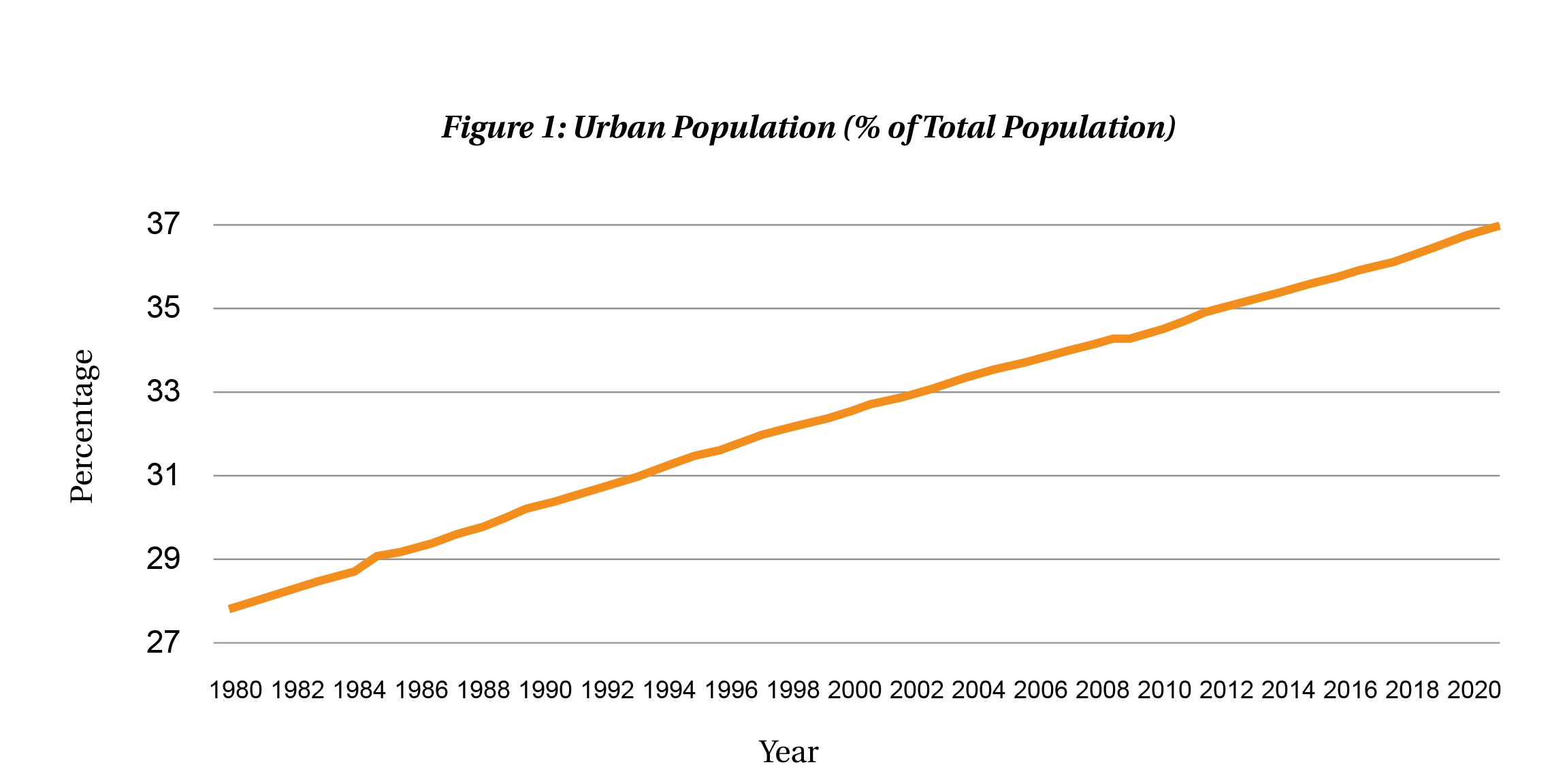 The demand for rental homes is increasing due to the unavailability of affordable housing and the migration of rural people to urban areas to improve their standard of living. As shown in the figure, the demand for rental housing is increasing rapidly in all cities.
The demand for rental homes is increasing due to the unavailability of affordable housing and the migration of rural people to urban areas to improve their standard of living. As shown in the figure, the demand for rental housing is increasing rapidly in all cities.
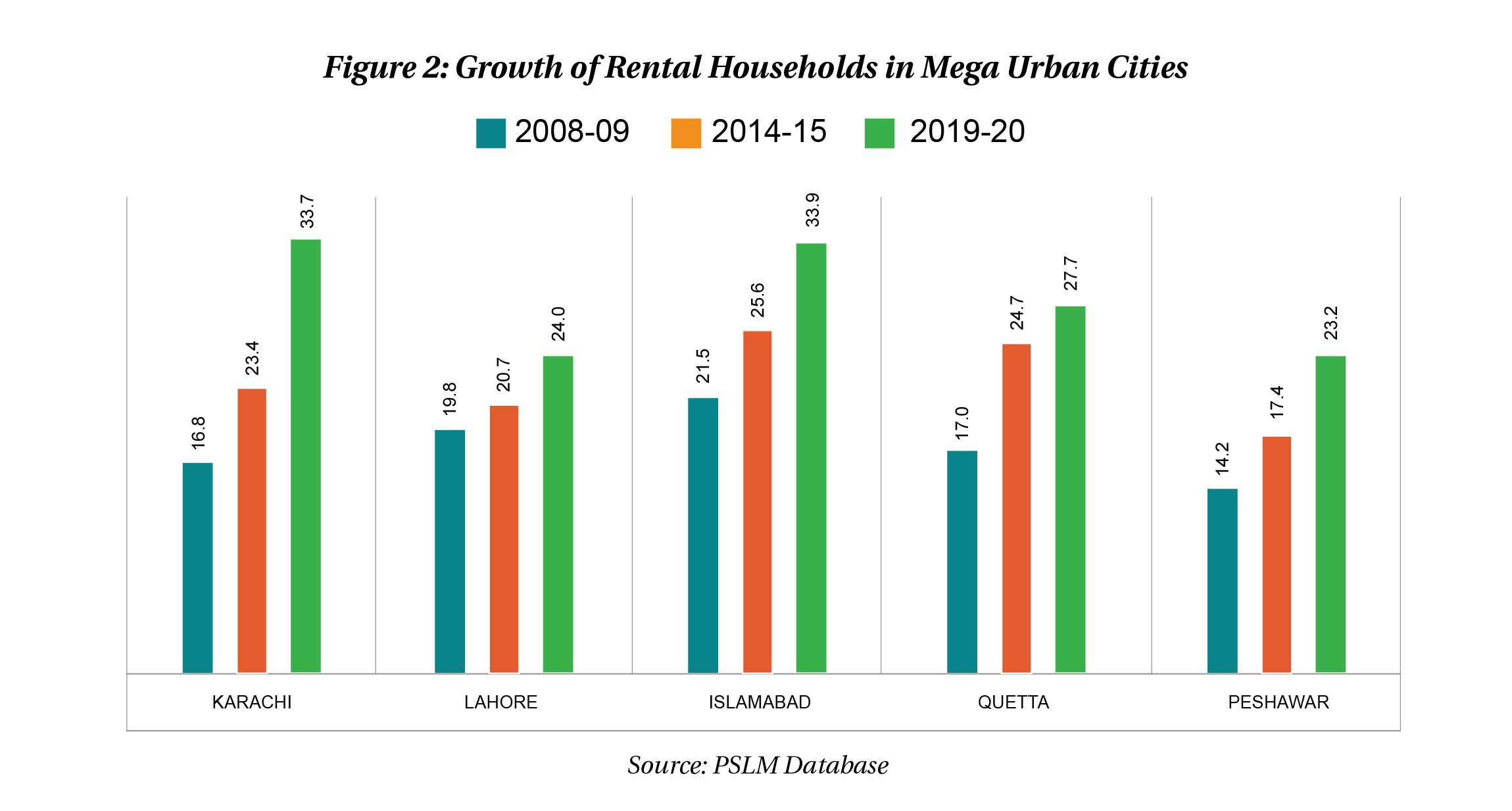 Rental Laws in Pakistan
Rental Laws in Pakistan
Seven rental services laws are enforced in the country such as:
- West Pakistan Urban Rent Restriction Ordinance (1959);
- The North-West Frontier Province Urban Rent Restrictions Ordinance (1959) – The KP and Information of Temporary Resident Act (2014);
- The Baluchistan Urban Rent Restrictions Ordinance (1959) – The KP and Information of Temporary Resident Act (2015);
- Sindh Rented Premises Ordinance (1979) – The Sindh information of temporary residents acts (2015); 5. Punjab Rented Premises Act (2009) – The Punjab Information of Temporary Resident Act (2015);
- Cantonment Rent Restriction Act (1963);
- Islamabad Rent Restriction Ordinance 2001 – (2014 & 2019) Amendments.
 Comparative Analysis of Regulations
Comparative Analysis of Regulations
The table above analyses the essential components of tenancy agreements in regulation along with the evaluation authorities. The provincial government implements the rental law, and the district administration will be responsible for its enforcement by the rent controller. In case of any grievance between the landlord and tenants, the application can be submitted to the rent controller through the lawyer. He is liable to take decisions against all the proof and evidence in favour of the innocent person. The rent control regulation is very high in all regulations because inflation is high in Pakistan. As per the laws, the rent cannot exceed more than 10% and, in some cases, 5% of the total rent annually. These regulations lead to investors’ low returns and decrease landlords’ revenue. Moreover, the court procedures for eviction tenants through district administration are prolonged and uncertain, as regulations are pro-tenant (Rehman, 2022).
Analysis of the Regulations
All the mentioned regulations are based on a Colonial regime, and these are very similar to each other, with no serious reforms since 1959; These regulations are unable to distinguish between two types of tenancy, i.e., residential and commercial; These regulations are unable to create a balance between the rights and liabilities of both tenants and landlords, as regulations support tenants; The flaws in these regulations, namely stringent rent control, low enforcement of these acts, limited investment returns and overregulation, cause the decline in the rental housing supply; The lengthy process of getting NOCs has resulted in over-regulation and a waste of time.
Overview of Regulations in the Developed World
Case Study of Dubai
Digital rental services would reduce the time cost for both tenants and landlords. Different countries are introducing digital rental services, such as Dubai, the USA, India, Germany etc. However, Dubai has digitised the whole real estate sector to improve its governance and reduce malpractices. One of its components is digitising rental services, helping property owners find decent tenants and reducing communication gaps and data privacy concerns. Moreover, it has an end-to-end digital process that would quickly solve customers’ queries and select suitable tenants by vetting their backgrounds.
Procedure for Renting the Home Online
 Benefits of Digitising Rental Service
Benefits of Digitising Rental Service
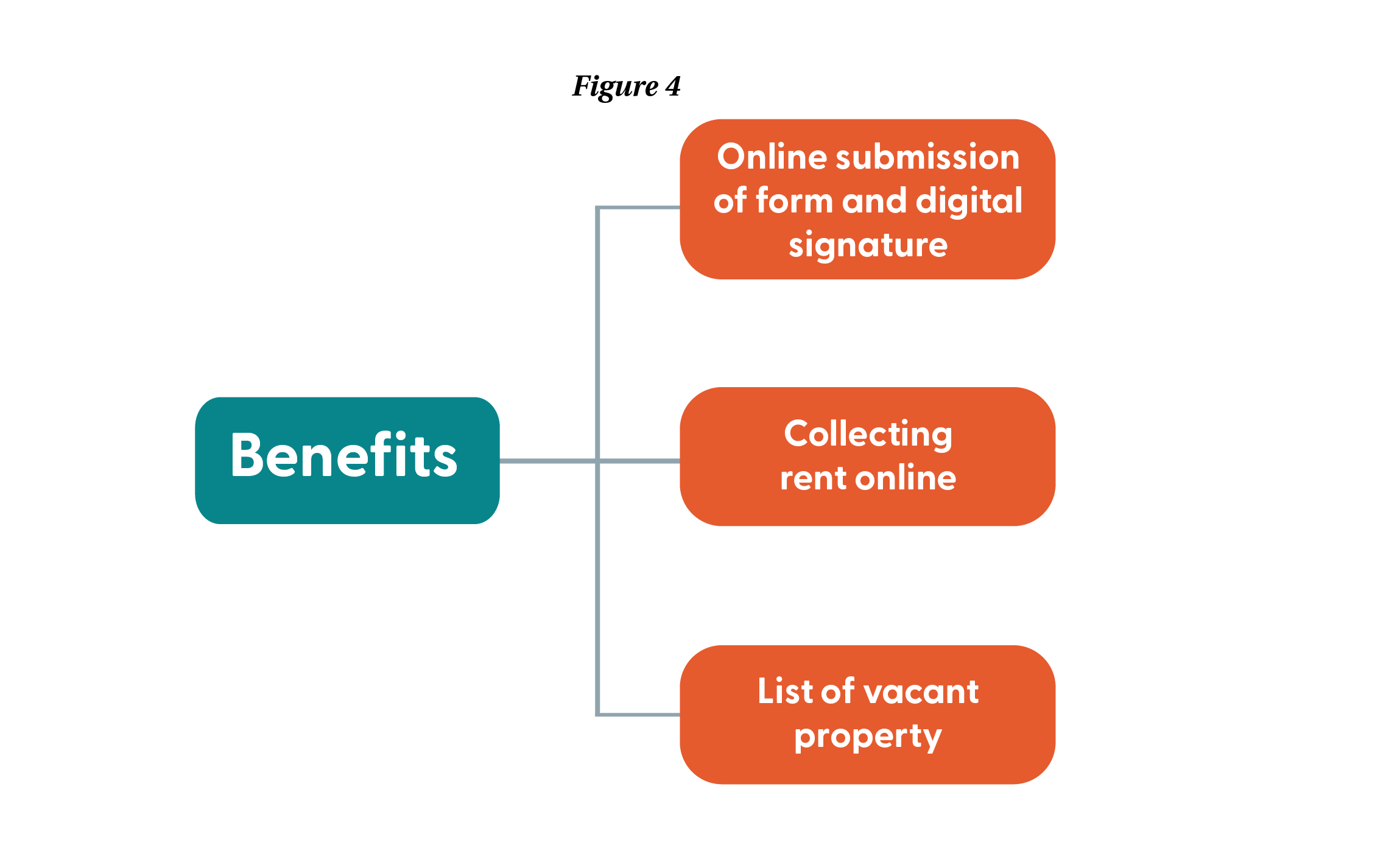 Recommendations
Recommendations
There is a dire need to revise the tenancy act to reduce the regulatory constraint;
Government should simplify the administrative processes such as getting NOCs etc;
There is a need to introduce and implement strong regulations to protect landlords because they avoid renting out their houses to save their homes from ‘Qabza’;
There is a massive rent increase in major cities such as Karachi, Lahore and Islamabad, and rent amount should be linked with the inflation rate;
Government should introduce a new rental act for commercial tenants as the rent structures and security is different from the residential tenants;
Government should use technology for digitising rental services because it can increase transparency and security and save the time of tenants and landlords.
Moreover, technology gives insight to tenants about the space of the property and helps evaluate property valuation and purchasing opportunities;
Government should engage private-public partnerships for digitising rental services.
Reference
IIPS. (2022). Digitising Real Estate Rental Services in Pakistan. Retrieved from Iqbal Institute of Policy Studies https://iips.com.pk/digitising-real-estate-rental-services-in-pakistan/
Khan, K., & Shaikh, H. (2019). A framework for affordable housing in Pakistan. International Growth Centre.
Rehman, A. (2022). A Review of Urban Rental Housing Regulations in Pakistan and Lessons from Practices in Developed World. PIDE Knowledge Brief No. 2022:90.
Cantonment Rent Restriction Act (1963): http://cbg.gov.pk/assets/media/cantonments-rent-restriction-act-1963.pdf Govern[1]ment of Pakistan, (2009). Pakistan social and living standard measurement survey (PSLM
Federal Bureau of Statistics, Islamabad Government of Pakistan, (2015). Pakistan social and living standard measurement survey (PSLM) 2014-15. Federal Bureau of Statistics, Islamabad
Government of Pakistan, (2020). Pakistan social and living standard measurement survey (PSLM) 2019-20.
Federal Bureau of Statistics, Islamabad Islamabad Rent Restriction Ordinance 2001 – (2014 & 2019) Amendments https://na.gov.pk/uploads/documents/1415509535_267.pdf
Punjab Rented Premises Act (2009) – The Punjab Information of Temporary Resident Act (2015). http://punjablaws.gov.pk/laws/498.html
Sindh Rented Premises ordinance (1979) http://sindhlaws.gov.pk/setup/publications_SindhCode/- PUB-15-000484.pdf
The Baluchistan Urban Rent Restrictions ordinance (1959) http://kpcode.kp.gov.pk/uploads/1959_06_THE_WEST_PAKISTAN_URBAN_RENT_RESTRICTION_ORDINANCE_1959.pdf
The KP and Information of Temporary Resident Act (2014) https://kpcode.kp.gov.pk/uploads/2014_14_THE_KHYBER_PAKHTUNKHWA_RENTED_BUILDINGS_SECURITY_ACT_2014.pdf
The North-West Frontier Province Urban Rent Restrictions ordinance (1959) http://kpcode.kp.gov.pk/uploads/1959_06_THE_WEST_PAKISTAN_URBAN_RENT_RESTRICTION_ORDINANCE_1959.pdf
The Sindh information of temporary residents acts (2015) http://www.pas.gov.pk/uploads/acts/Sindh%20Act%20- No.XXI%20of%202015.pdf
West Pakistan Urban Rent Restrictions ordinance (1959): http://kpcode.kp.gov.pk/uploads/1959_06_THE_WEST_PAKISTAN_URBAN_RENT_RESTRICTION_ORDINANCE_1959.pdf
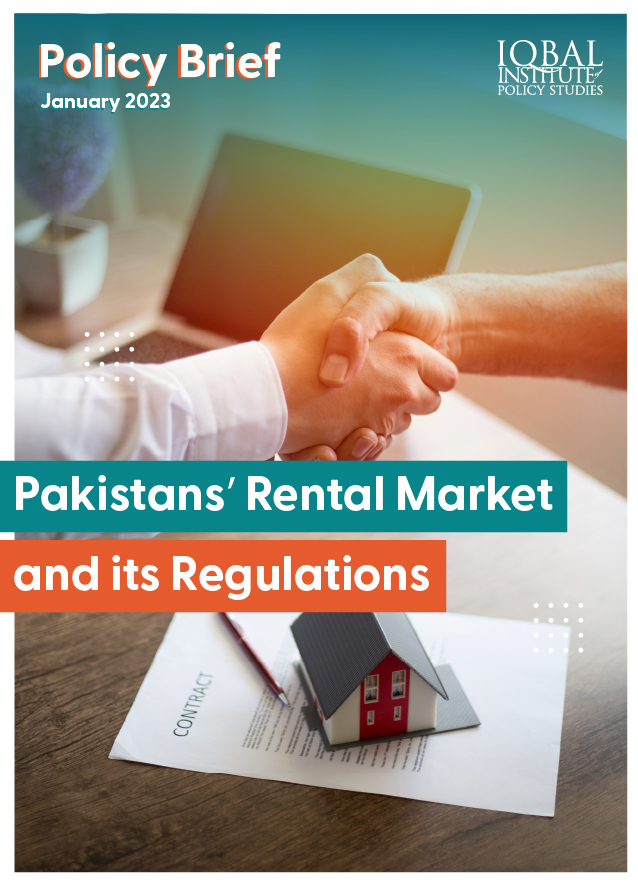


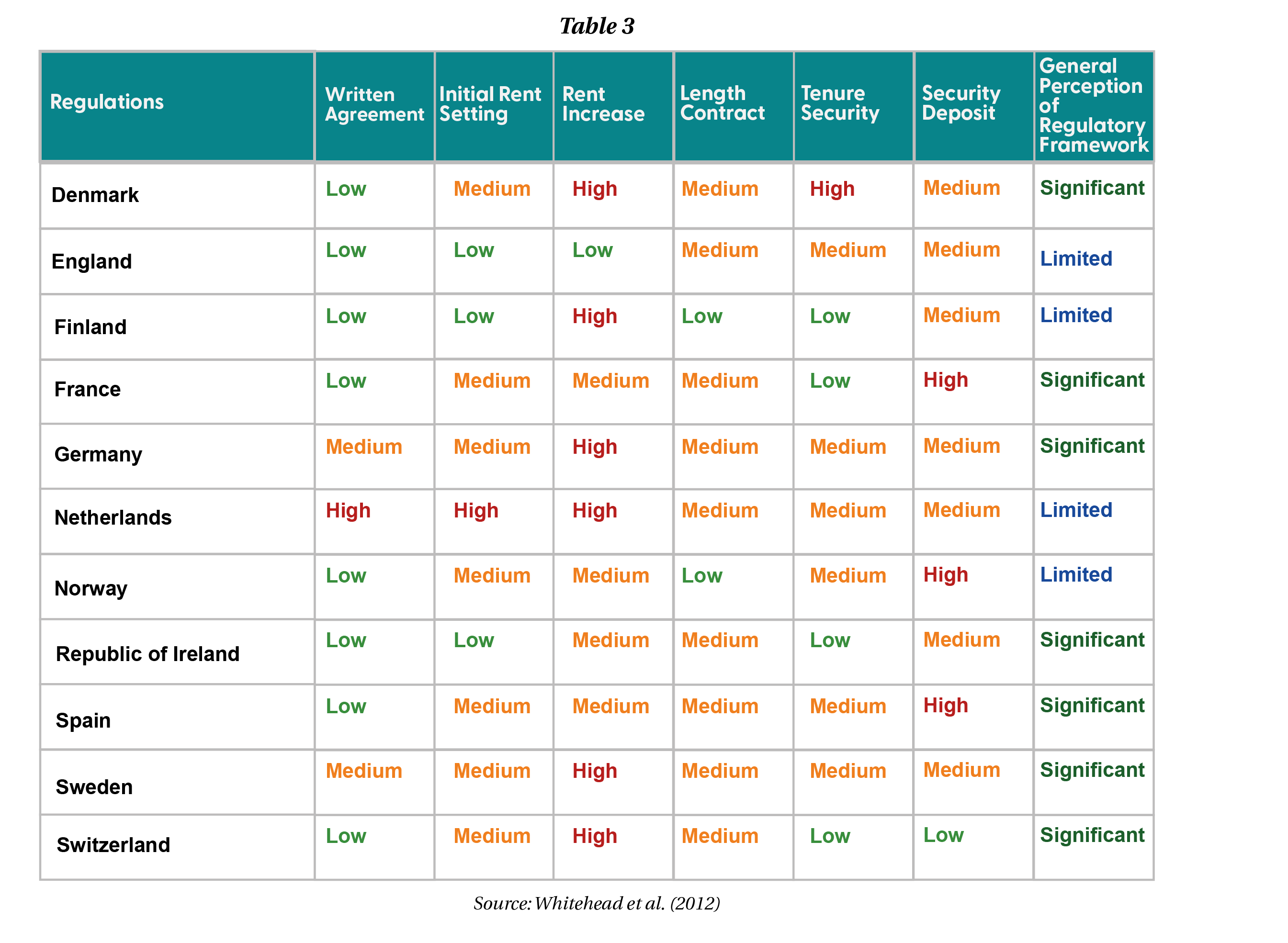
Leave a Reply